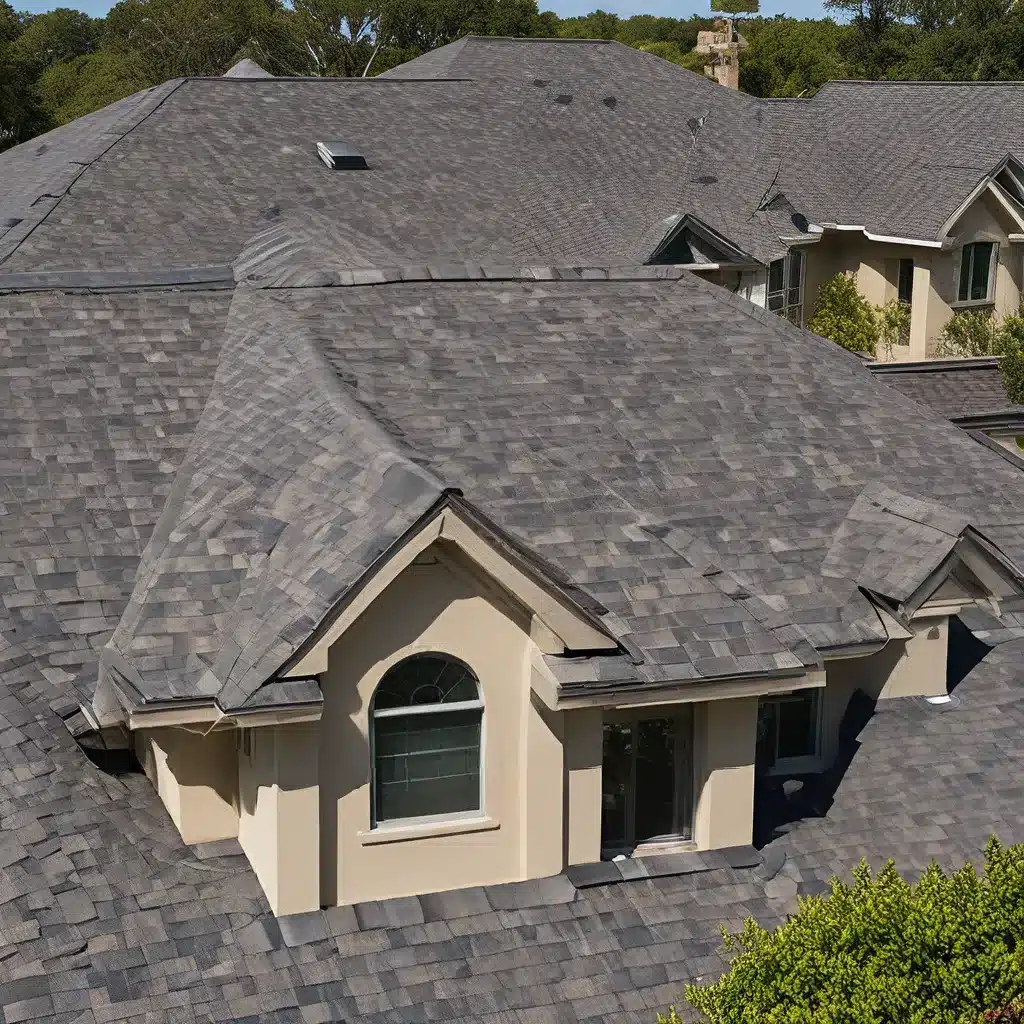
As a homeowner, I’m always on the lookout for ways to make my home more energy-efficient and eco-friendly. One area that has a significant impact on a building’s energy usage is the roof – it’s essentially the hat that keeps the whole structure warm in the winter and cool in the summer. That’s why I’ve been doing some research into cool roof options that can help boost my home’s energy performance.
Understanding Cool Roofs
A cool roof is designed to reflect more sunlight and absorb less solar energy compared to a conventional roof. This helps keep the building cooler, just like how wearing light-colored clothing on a sunny day keeps you feeling more comfortable. Conventional roofs can reach temperatures of 150°F or more on a hot summer afternoon, but a reflective cool roof could stay over 50°F (28°C) cooler under the same conditions. This can translate to significant energy savings for buildings with air conditioning, or improved comfort and safety for those without.
The key factors that determine a roof’s “coolness” are its solar reflectance (the amount of sunlight it reflects) and thermal emittance (the ability to shed heat by releasing infrared radiation). Nearly any type of building can benefit from a cool roof, but the specific climate and other factors should be considered before installing one. While cool roofs can provide significant cooling benefits, they may also incur a winter heating penalty by reducing heat conduction into the building and increasing the need for mechanical heating.
Exploring Cool Roofing Options
When it comes to cool roofing products, there’s a wide range of options to choose from. Asphalt shingles, for example, can be surfaced with light-colored or “cool-colored” granules that reflect more sunlight. According to the Department of Energy, white roofing products stay the coolest, reflecting about 60-90% of sunlight. But you can also boost the solar reflectance of darker materials by using special pigments that preferentially reflect near-infrared radiation.
Another cool roofing option is wood shingles and shakes, which are naturally light-colored and reflective. Polymer shingles, made of synthetic materials, can also be factory-colored with light or cool-colored pigments. Clay tiles and concrete tiles are other possibilities, with the option to choose factory-applied light or cool-colored coatings.
Metal shingles or tiles can be a good choice as well, as they can be factory-coated with light or cool colors. Single-ply membranes and built-up roofs can also be made cool by choosing a light-colored or reflective surface layer. And for a truly unique approach, you could even consider a green roof covered in vegetation, which can provide excellent insulation and cooling through evaporation.
When it comes to upgrading an existing roof, the easiest and most cost-effective option is to choose a cool roofing product during a scheduled replacement. Retrofitting a standard roof with a cool coating can be more expensive, but it may still be worth it in the long run if the energy savings justify the upfront cost.
Factors to Consider
As I’ve been researching cool roof options, there are a few key factors I’ve had to keep in mind:
Climate: Cool roofs achieve the greatest cooling savings in hot climates, but they can actually increase energy costs in colder climates if the annual heating penalty outweighs the cooling benefits. So it’s important to consider the specific climate conditions of my local area.
Aesthetics: In warm, moist locations, dark growths like algae or mold may be more visible on light-colored roofs. Some roof coatings include special chemicals to prevent this, but it’s still something to think about if appearance is a priority.
Condensation: In cold climates, cool roofs might be more susceptible to accumulating moisture through condensation. Proper design techniques can help avoid this issue, but it’s an important consideration.
Cost: While cool roofing products often don’t cost more than conventional options, retrofitting an existing roof can be more expensive. I’ll need to weigh the upfront costs against the long-term energy savings to determine if it’s the right investment for my home.
Evaluating My Options
As I explore the possibility of upgrading the roof on my home, I’m closely considering the cool roofing options that best fit my needs. Based on my climate, I think a light-colored or cool-colored asphalt shingle or a metal shingle/tile system could be a great fit. The energy efficiency and potential cost savings are really appealing, and I like that there are ways to incorporate cool roof technology without sacrificing the aesthetic I’m going for.
Of course, I’ll need to do some more research and potentially consult with a roofing professional to fully evaluate my options. But I’m excited about the prospect of making my home more energy-efficient and environmentally friendly through a strategic roof upgrade. It’s amazing how such a simple change can have such a big impact on a building’s overall performance and comfort.
Staying Informed and Engaged
As I continue my journey towards a more energy-efficient home, I know I’ll need to stay up-to-date on the latest cool roofing technologies and industry trends. The field is constantly evolving, with researchers exploring new materials, coatings, and design strategies to make roofs even more effective at reflecting heat and reducing energy use.
I’ll be sure to keep an eye on resources from the Department of Energy and other reliable sources to see what’s new and promising. And I’ll likely reach out to local roofing contractors and industry experts to get their insights and recommendations. After all, making an informed decision on a major home improvement project like this is crucial.
At the end of the day, I’m really excited about the potential of cool roofing to help make my home more comfortable, energy-efficient, and environmentally friendly. It’s a smart investment that can pay dividends for years to come. I can’t wait to see how a strategic roof upgrade might transform my living space and my monthly utility bills.